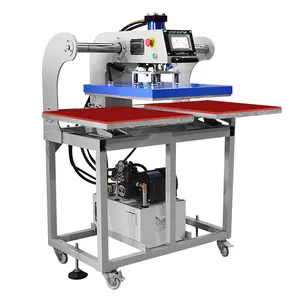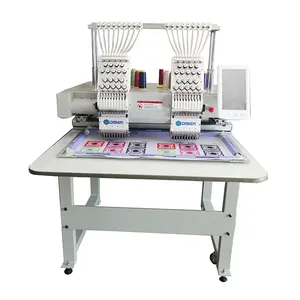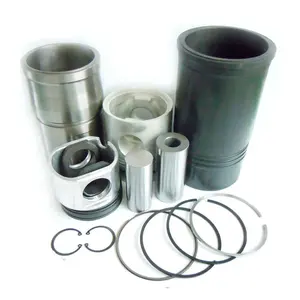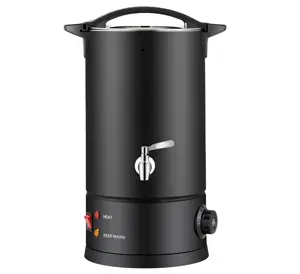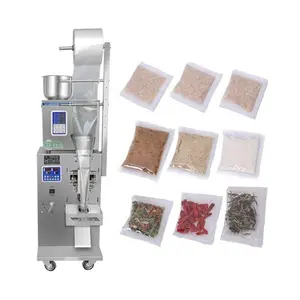Popular in your industry
























































































































































































































Top categories
About animal marker
Understanding Animal Markers
Animal markers are essential tools in the management of livestock, serving as a cornerstone for identification and tracking within the agricultural sector. These devices play a crucial role in maintaining the health and safety of animals by ensuring that each individual can be monitored effectively.
Types of Animal Markers
There are various types of animal markers available to suit different needs. Traditional ear tags, which are visible and can be color-coded, provide a simple yet effective means of identification. For more advanced requirements, electronic identification (EID) tags offer a high-tech solution, enabling real-time tracking and data collection. Injectable microchips present a more permanent option, embedded under the animal's skin for a lifetime of monitoring.
Applications and Features
The application of animal markers extends beyond basic identification; they are integral in breeding programs, disease control, and legal compliance. Features of these markers vary, with some offering additional benefits such as tamper-evident designs or the ability to store extensive data about the animal's health history.
Materials and Durability
Durability is a key factor in the design of animal markers. Materials such as high-grade plastics or biocompatible metals are selected for their resilience and non-toxic properties, ensuring the markers are safe and long-lasting even in harsh farm environments.
Advantages of Using Animal Markers
Utilizing animal markers brings numerous advantages, including improved record-keeping, streamlined farm management, and enhanced traceability for food safety. These markers also facilitate easier management of large herds, allowing for quick identification and reducing the risk of errors.
Choosing the Right Animal Marker
Selecting the appropriate animal marker depends on various factors such as the species of livestock, the size of the farm, and the specific management needs. It is important to consider the compatibility of the markers with existing farm equipment and the ease of application to ensure a smooth integration into farm operations.
